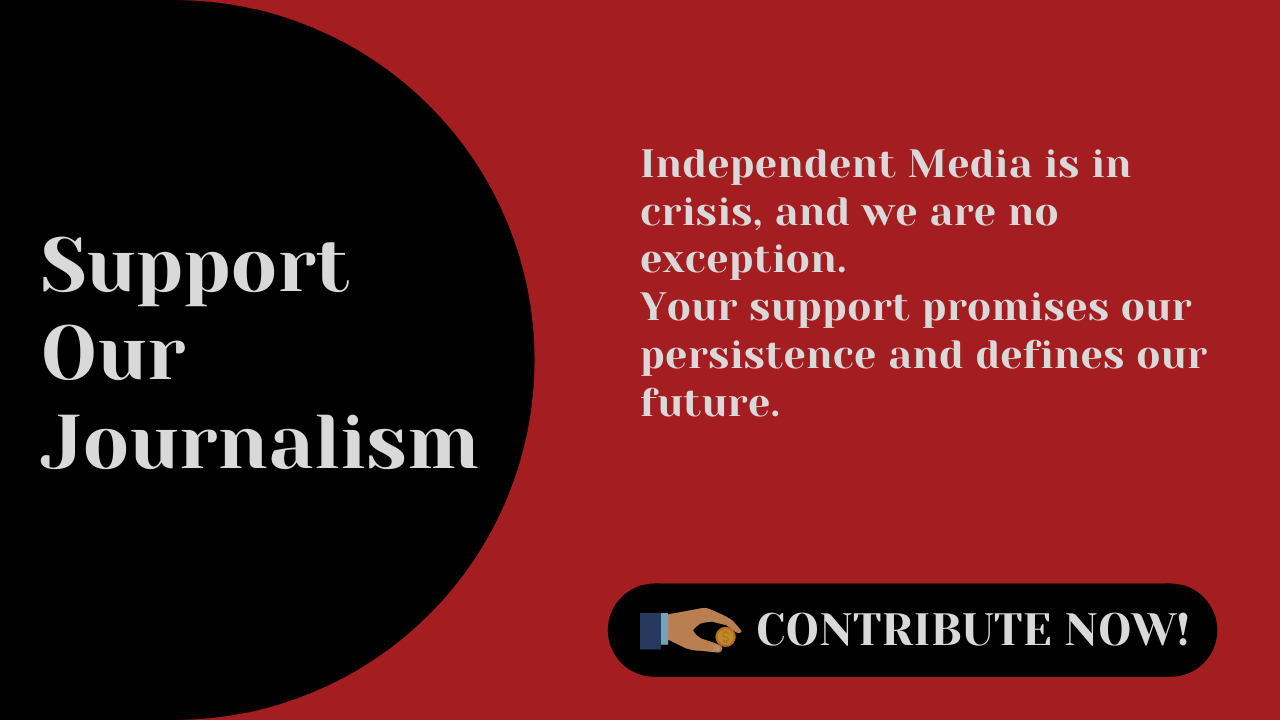From Golden Hands to Gloomy Faces: Srinagar’s Fall from Grace

Sadaf is a Mass Communication graduate from the University of…
As lockdowns have created financial crisis and distress in the society, Old Srinagar which once abhorred intrusions in its artistic atmosphere is now witnessing a growing footfall of NGOs.
A frail old woman, seventyish, from the interiors of Barthana, comes by foot, huffing her way to the main Qamarwor area in Srinagar, to collect a monthly ration kit from an NGO working in the Covid-19 emergency response.
The helplessness and the plight of many people like her are disturbing for Ayman, a young sociology student from downtown Srinagar, who is witnessing ever too closely, what she calls an ‘apocalypse’.
As NGOs in Kashmir work tirelessly to band-aid the situation, Ayman is moved by the account of another woman who came to collect the food kit from Mehjoor Nagar to Jahangir Chowk and had no penny to go back home with the relief.
Ayman is also overwhelmed by the news of a student from Kulgom committing suicide because of the current crisis pushing him and many others like him to starvation.
“The numbers must be staggering as much heartbreaking as their stories are,” Ayman says. “How many stories can we possibly know about, how many people can reach out for help and how many will just starve to death, without even making a news?”
Support Our Journalism
You are reading this because you value quality and serious journalism.
But, serious journalism needs serious support. We need readers like you to support us and pay for making quality and independent journalism more vibrant.
The situation is unsettling for Ayman as she hears about all the accounts of people, pushed to the wall, hit by the pandemic lockdown. These people are at the mercy of NGOs and volunteer groups for temporary aid.
Ayman struggles with a ‘survivor’s guilt’, thinking about what happens next after the food kit finishes for a family.
Struggling with the debilitating lockdown, the marginalized and poorer communities in India have been grappling to survive the Covid-19 catastrophe for a year now.
However, the recent calamity for Kashmiris has been older as the economic crisis crumbled down the decrepit economy further since 2019, after the abrogation of Article 370, to no cure. Months of complete lockdown post abrogation of the special status hit hard the poor population of Kashmiri artisans, transporters, daily wagers, transpersons, informal workers, daily vendors and others. The Covid-19 lockdown since March 2020 came wreaking unimaginable havoc in the lives of people as the virus and woes raged together.
NGOs started coming to people’s rescue in Kashmir and in India, however, they were restrained due to the FCRA (Foreign Contribution Regulation Act) amendment made by the government of India earlier. The FCRA Act 2010 provided for the manner in which foreign contribution or foreign hospitality was permitted to be accepted and utilised by individuals, associations and companies in India.
To “prevent misuse of funds, strengthen national security and compliance mechanism, enhance transparency and accountability” of the recipients of the foreign contribution, the government introduced the Foreign Contribution (Regulation) Amendment Bill, 2020 (FCRA Bill) raising “concerns” among the non-government organisations receiving foreign contribution in India.
The amendment brought organizations working on the grassroots level down on their knees. Faced with helplessness to mobilize sufficiently in the current emergency due to their limited resources, cut down because of the bill, trivialized their work.

While categorizing the severity of the cataclysm, Ayman tries to break the ‘eras of this crisis’ of her own people in a timeline. The 27-year-old downtowner recalls what was different then, when she barely heard of any NGOs in Kashmir giving aid to people.
“I often wonder these days what changed so abruptly within a span of few decades which weighed people so down. I remember during the 2008 Amarnath land agitation when everything closed down for months, people in downtown hesitated to accept the relief sent by people from rural areas, today I see the same people desperate for crumbs.”
Ayman sees this “descent of people from independence to dependence” like everything she tries to understand about her society, layered in the complexity of historical, political and cultural matrices.

Coming from an artisan family dealing with the Kashmiri carpet, she discusses with nostalgia and a sense of loss the “vocabulary of art and skill” lost from her home. It shaped her sense of the world, loss of which, she connects with the current economic disarray in her homeland.
“I was in my early teens when women and men would come home to learn skills associated with carpet-making from my father,” she recalls. “It was a little circle working on making their livelihood by building their skills.”
As an inquisitive child, Ayman says, she was fascinated by arts like embroidery, crocheting, weaving, and spinning yarn. “I tried my hands on all these arts as a teen. I had a flair in such arts and even learned Kaalbaaf taleem. The precision required for these arts fascinated me. However, it scandalized many people who saw me taking interest in the arts. They asked my parents to keep me away from the enterprise and involve me in studies alone.”
Perhaps those people who asked to keep her away from the arts were already witnessing the industries falling and it was a matter of years that the buzz of the skills in her home and the sickening industry would altogether dim in silence.

Historians remark that Sultan Zain ul Abideen gave a sustainable model of development to Kashmiris in which crafts and industries thrived mainly in Srinagar. Stone polishing, stone cutting, glass blowing, window cutting, wood carving, paper making, gold and silver leaf making, bookbinding, paper mache, silk, shawl and carpet weaving became the prime occupations in the heritage city.
The arts which survived and thrived around the seven bridges of the downtown decried the apathy of successive government regimes and patronage which required the crafts and industries to be mechanized and updated to survive the changing system of production and tastes.
Muhammad Ishaq Khan in his book, History of Srinagar mentions that 43% of earners in the city were supported by the industry.
“Since all the industrial concerns of Kashmir were located in the city, transport and trade claimed a good percentage of occupations. For instance, in 1931, transport supported 4% of earners, the city occupied a prominent position, being the emporium for the entire province of Kashmir. The city supplied to the villages salt, sugar, tea and tobacco, and a small number of cotton piece goods,” the book notes.
While Ishaq Khan mentions of few indigenous traders in Kashmir, he talks about the local trade being hampered by a system in which the state monopolized the trade during the reigns of Maharaja Gulab Singh and Maharaja Ranbir Singh.
“The system of holding enormous stocks of unhusked rice and of selling it to the urban population by the state at cheap rates prevented the growth of indigenous grain merchants,” the book mentions. “Silk, saffron, violets, various kinds of forest products, hemp, tobacco, water nuts and paper were at different times also monopolized by the state. Apart from this, the government subjected various other trades to rigorous impositions.”
Laden with a glaring fact of her history, that Kashmiris always fought the throes of anguish, Ayman shares her father’s belief that “a skilled person will always find a way to employment”.
She mentions her experience when she studied in Turkey and saw people taking the modern and traditional side by side.
As she witnessed the Kashmir arts and crafts breathing their last in her early teens— later in her years in Turkey— she had all commendations for people who were strongly keen to keep their crafts intact against the “onslaught of everything modern and fickle as technology”.
“While I understand the factors that kept weighing people down with their art and skills, like heavy taxation in old days, casteism and a limited market, it is also imperative to understand where we could have done better in owning our traditions which were unique to us,” she says.
The growth of modern education, as Ishaq Khan mentions, opened new avenues of living for the people of Kashmir. “Clerical and teaching professions give rise to a new class of people: the salaried professions,” the book notes.
Ayman believes that people in addition to the economic oppression, were driven away at the moment as an educational class and salaried professions were rising, due to a “steadily injected sense of insecurity and inferiority”.
“Whenever a breakthrough happens in a society, people vehemently go after it, not realizing if something that shouldn’t be left behind is overshadowed for dementia, for instance, we see in renaissance and enlightenment,” she argues.
She remembers her mother’s generation sharing about getting vocational training in their schools, studying and receiving skills at the same time. “In our times, the traditional skills were looked down upon and kaalbaaf taleem wouldn’t practically suit a scholar studying sociology.”

As the aspirations of people are closely woven with the political landscape of the place, insufficiency to mechanize the industries and further adapt to the changing trends and demands of the market also hit yet another nail in the coffin of the indigenous industry.
In past, Omar Abdullah government had laid a model for creating an “artisan belt” in the downtown to revive the arts again, however, the fate of local parties like the National Conference awaited a bigger blow than the Kashmiri industry saw.
“The prospect of promises of any development even stopped after the abrogation of Article 370, not that anything significant had happened before that,” Ayman remarks.
As unsettling as the idea of temporary aid from NGOs is, Ayman fears a “dependency syndrome” among her people if they are limited to mere aid.
“To think of revival coupled with whatever the modern times require, like digitization, we need to reinforce back our skill and industry,” she says.
However, Ayman sees hope in young Kashmiris who are reimagining the tradition with modern. “I’m teaching myself really hard to get rid of the brand consciousness and buy local products wherever I can,” she says.
Institutionalization of local brands, she believes, should be encouraged through institutions as she tries to imagine young people owning up their legacy for least dependence on aid.
Mountain Ink is now on Telegram. Subscribe here.
Become Our Ally
To help us strengthen the tradition of quality reading and writing, we need allies like YOU. Subscribe to us.
Sadaf is a Mass Communication graduate from the University of Kashmir. Chronicling events in narrative writing interests her.













